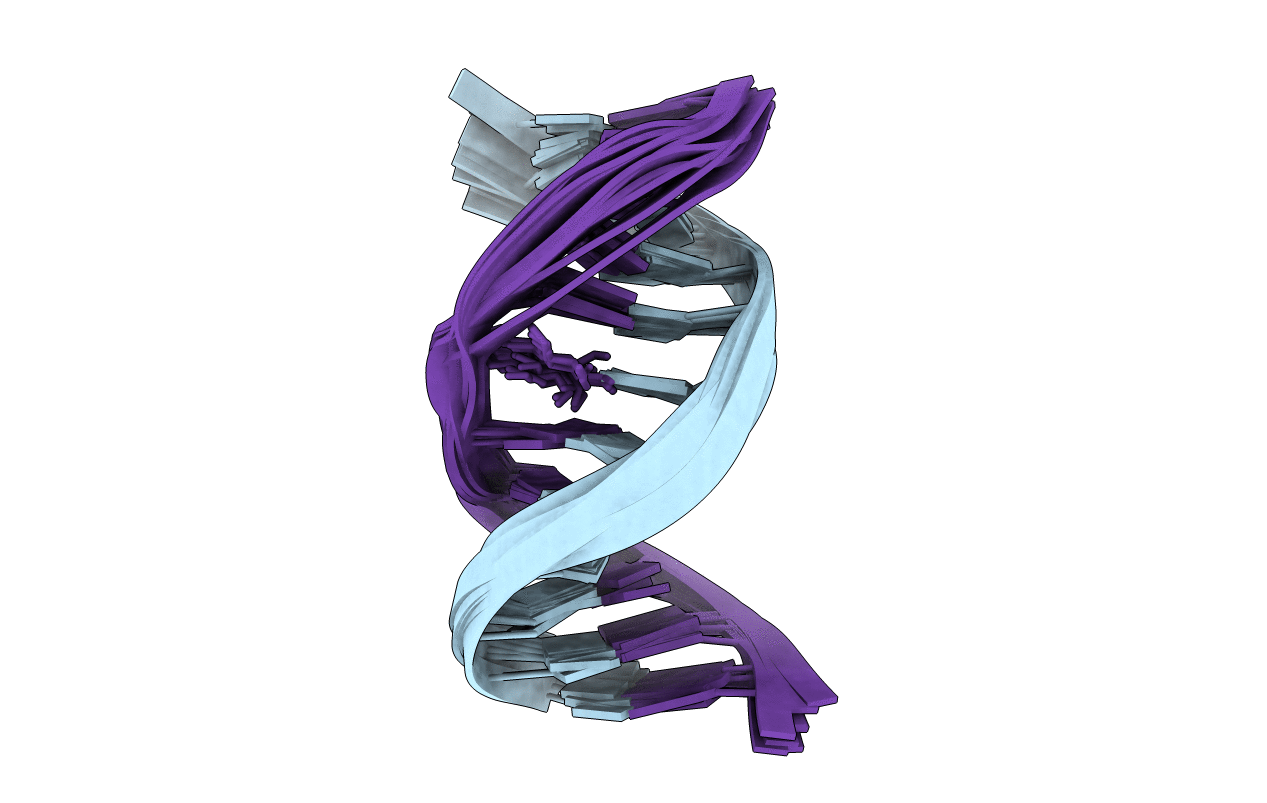
Deposition Date
2015-11-20
Release Date
2016-08-31
Last Version Date
2024-05-15
Method Details:
Experimental Method:
Conformers Calculated:
10
Conformers Submitted:
10
Selection Criteria:
structures with the lowest energy


